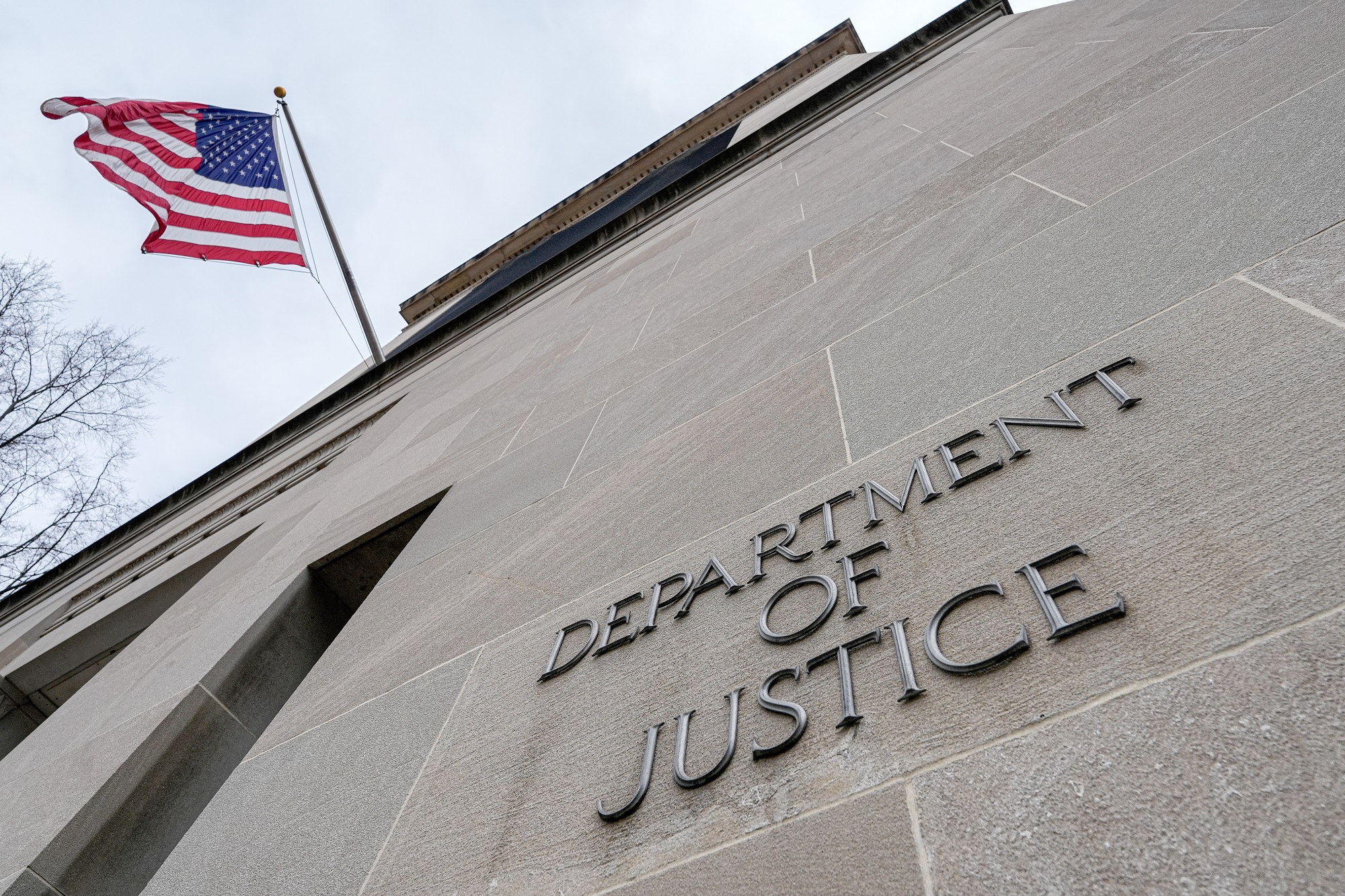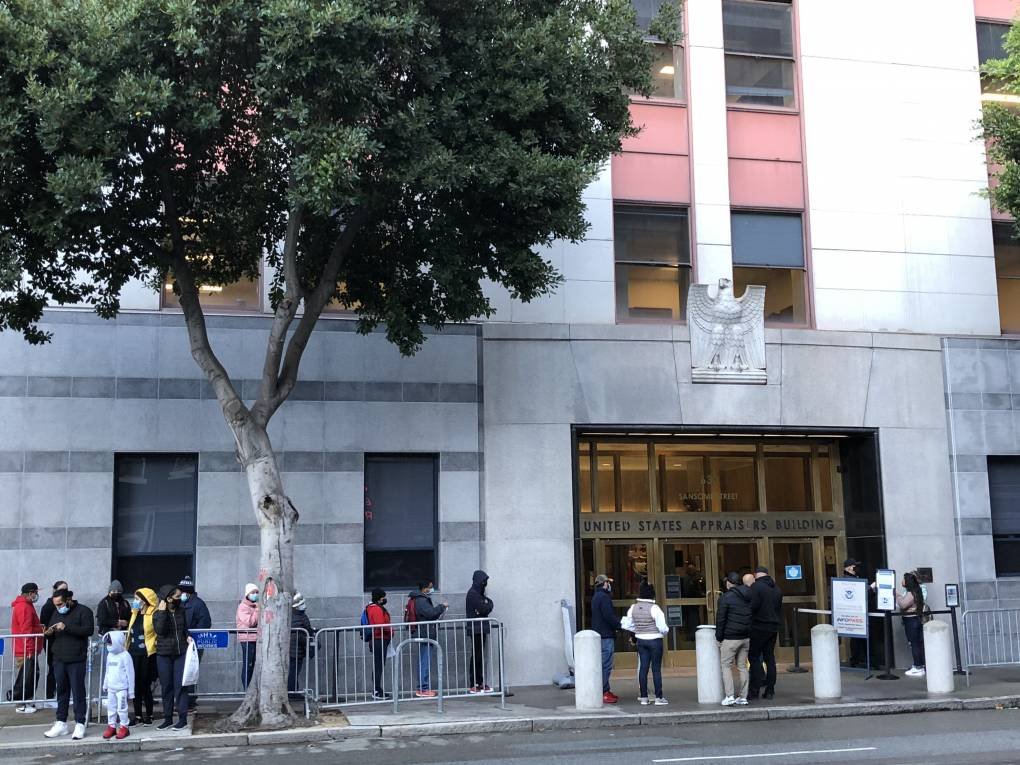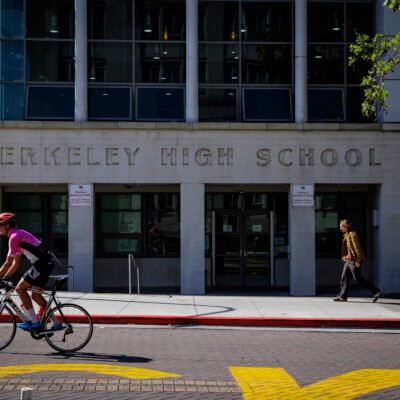Attorneys told KQED in September that the discrepancy between rates across jurisdictions is likely due to a multitude of factors, including that asylum seekers in San Francisco are more likely to have representation and required to meet different standards than in some other states.
Former immigration judge Dana Leigh Marks told KQED at the time that the firings also appear to be targeting those who have previously worked in immigrant advocacy rights, private practice or public interest law, while others who rose through the ranks as prosecutors for the Immigration and Customs Enforcement Division of the Department of Homeland Security have kept their appointments.
“This is an effort to change things by removing people as well as selecting new people who are going to be with their party line,” Professor Kevin Johnson said.
Atkinson said that the firings will require a major reshuffling of scheduled proceedings, which will make attorneys’ jobs more difficult, since they usually know how the presiding judge runs proceedings and tailor preparation and testimony and preparation to fit their style.
It is also jarring for asylum seekers.

“People are being arrested when they go to their hearings. They’re being arrested when they show up for appointments. So, they’re already terrified,” Atkinson said. “Now, everything that they’d been working towards and kind of building themselves up for mentally to prepare for — to suddenly have that taken out from under them is really challenging.”
The shake-up will also add more strain to an overloaded immigration system, especially as temporary judges filling in remotely are no longer required to have a background in immigration law.
In August, the DOJ lowered the prerequisites to qualify for temporary judge positions, removing the requirement that candidates have prior experience. The following week, the federal government authorized 600 military lawyers to serve as temporary immigration judges, NPR reported.





